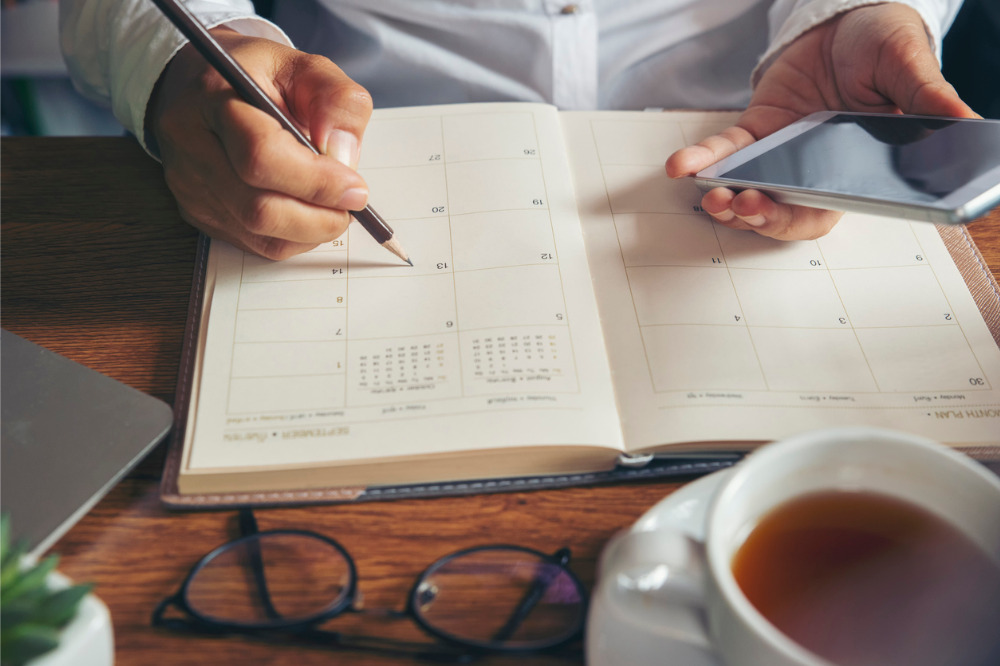
While COVID-19 has turned many lives, routines and organisations on their heads, schools – and how they should run during this unprecedented time – has been a topic of hot debate.
After all, ensuring that children continue receiving the sacrosanct right of education is a mission that every school and educator in Australia strives to fulfil – global pandemic or not.
However, the disruption the crisis has caused for schools cannot be ignored, and this is a pressing issue that teachers and leaders are struggling to navigate, whether it’s in the context of social distancing, staffing or timetabling.
Michael Emmanuel, Managing Director at Edval Education, said the schools that the company works with have taken the challenges of returning to face-to-face teaching in their stride.
“Most schools are planning for a partial return of students, using a variety of approaches to grouping. Some by family name, some by house and others by year cohort,” Emmanuel told The Educator.
“We’re seeing schools turn to our existing technology to make adjustments to their current timetable. For example, one of our Customer Advocates reported to us that she has introduced two new lesson types in her timetable: a 'direct teaching' lesson and a 'help' lesson".
Emmanuel said the help lessons were scheduled as 'double lessons' and were structured more like tutorials.
"Our customer said: 'I added help periods into the class lists and re-ran the timetable and created a new master grid. All went extremely well'".
Emmanuel said Edval is also seeing schools use tools in new and creative ways, such as the company's new Covid 19 features, as well as events in Edval Daily and the priority classes feature.
"Schools are ultimately putting students at the centre, with a focus on delivering them safe and quality education as best they can," he said.
"In the case of our Advocate's example, many schools appear to be maintaining their existing timetables to determine what work is to be distributed for each day".
Emmanuel said that for some this means students and teachers are sticking to their timetabling on a period by period basis, and others simply distributing all the work in the morning and leaving students to autonomously get through the work.
“In this arrangement, teachers tend to remain available during the timetabled lesson or throughout the day. In some cases, remote learning has resulted in an adjusted timetable, to enable less content per day," he said, adding this is often so as to reduce the burden on parents and students, as well as respond to lessened curriculum requirements.
For those schools that have not done so already, they can implement a strategy to digitally distribute timetables to students, Emmanuel said.
“For schools with entire cohorts returning, those students will have extra access to resources that are often sought after, labs, kitchens, workshops etc,” he said.
Emmanuel said that by tweaking their timetables, schools make use of these resources.
“Schools could also use our room swaps and room bookings feature, based on the existing timetable, or move other functions online, like student subject choices or parent-teacher interviews, to lessen administrative load and more easily support students”.
Last week Edval released its Social Distance Scheduling feature in Edval 10, to help schools easily determine an efficient arrangement of student attendance according to social distancing guidelines.
“We are also seeing a lot of interest from schools in relation to our new Covid-19 features with a second round of features released recently that covers Edval Daily integration and a Contact Tracing Assistant. I’m just so proud of the effort the team have put in to deliver these important features to our schools that are in need at the moment," Emmanuel said.


